What varieties of hydrangeas can be planted in Siberia and how to care for them?
Many plants find it difficult to grow and thrive in harsh environmental conditions, even with careful maintenance. However, planting hydrangeas in Siberia is quite possible. But not all varieties of this plant will be able to survive in such conditions. Therefore, before planting, you should carefully consider which type of this bush to buy.
Types of hydrangeas that can be grown in Siberia
First of all, you should pay attention to exactly where the bush was grown. The most successful purchase will be those seeds or seedlings that were originally grown in the northern regions.
Two types are especially resistant to frost: panicle hydrangea and tree-like... The former have especially good indicators of stability. So, in Siberia, there are already more than 20 types of hydrangea of this type. These include:
- Limelight;
- Pink Diamond;
- Magic Flame;
- Magic Fire.
All varieties differ in their color and the size of the inflorescences. But plants can also differ in growth. So, for those who have a small garden, it will be enough to grow on their site such a species as Bobo hydrangea. This variety is considered one of the lowest, and in full growth can only reach 65 cm. There are those that are slightly larger, but still considered dwarf: Vanilla and Sanday Fresh. Such a hydrangea does not exceed one meter in height.
The varieties presented above do not require special care for themselves, however, if you have a little free time, you can start planting weaker plants, which, if they survive frosts down to -35 °, then the likelihood that they can continue to bloom will become extremely small.
Because of this feature, paniculate hydrangea of weak species and other varieties of this plant are specially dug up in the autumn and stored all winter in a cool room, and when spring comes, they are planted again in open ground.
How to choose the right seedling
When buying seedlings, you should pay attention to the fact that hydrangea in Siberia always, even when sold, should be in the ground. In this case, the lump in which the roots are located should not be liquid or, conversely, too dry. Otherwise, you may be faced with the fact that the hydrangea, despite proper care, may not take root and die.
It is best, if the plant is kept in Siberia, to acquire shoots just before planting begins. Therefore, it is best to go to the market or to the store for them in the spring, as soon as the last frost has passed.
Where to plant hydrangea in the garden
In order for a hydrangea - it does not matter whether it is tree-like or paniculate - to take root in Siberia, before planting begins, it is worth deciding on the place where it will grow.
First of all, it is worth making sure that there will be no strong winds in the place of the future growth of the plant. In addition, the direct rays of the sun adversely affect it, therefore, a shadow should fall on the landing site most of the day. The best option is if the hydrangea is located near the fence or wall of the house.
The soil at the site where the planting will be carried out also greatly affects how the bush will grow, how often it will need care, especially when it comes to Siberia. The ideal option for hydrangea is a slightly and medium acidic soil. The components of such soil should be:
- leaves;
- sand;
- peat;
- sod land.
The most undesirable is alkaline soil, since hydrangea takes root in it extremely poorly.
After the location is selected, you should begin to prepare the soil for further planting.
Soil preparation
For the seedling to take root, it is necessary to properly prepare the soil for planting it. If the planting is carried out correctly, the bush will require less maintenance. First of all, it is worth digging a hole in the ground, which should correspond to the size of the plant.
Depending on the height, it is necessary to dig holes of the following sizes:
- for small seedlings, a square pit, 50 × 50 cm is needed;
- if the plant has already grown, then in order for it to be freely planted, a wider pit with sides 80 × 80 cm will be required.
Depending on the size of the plant roots, the depth of the pit can vary from 40 to 60 cm.
Advice
In order for the hydrangea to take root better, it is necessary to pour 2-3 buckets of water into the pit, and then leave it overnight so that all the water is absorbed.
After the hole is dug, it must be filled again, but with a special mixture, which includes:
- 2/6 - peat;
- 2/6 - fertile soil;
- 1/6 - sand;
- 1/6 - humus.
Fertilizer can also be mixed with them, consisting of:
- 25 g of urea;
- 65 g superphosphate;
- 25 g of potassium sulfate.
In order to acidify it, you can add spruce or pine needles to the mixture and fill the entire hole with it. It is important that there is no lime in it, since its hydrangea does not tolerate, and immediately begins to die.
Planting a plant in the soil
Before you start planting, you should shorten the roots of the hydrangea a little and cut off the excess shoots. So, the plant can have shoots up to a maximum of 5-6th buds.
The plant is installed in a new place and buried in soil so that the neck of the hydrangea root is at ground level. The fact is that the bush does not like when it is outdoors, but experienced gardeners do not recommend deepening it. To increase the chances of plant rooting, it should be watered again.
Advice
In order for the plant to take root well, after planting, a mixture of needles, leaves and peat mulch should be placed under it. This will keep the soil moist for longer.
If the place where the plant was planted is not illuminated by the direct rays of the sun and is reliably protected from the winds, then the period during which it will take root will be much shorter.
Hydrangea care
After planting, hydrangeas practically do not need care. But still, in order for the plant to be healthy and strong, some gardeners resort to a little trick.
First of all, this concerns watering. The soil around the bush should always be moist, because hydrangea loves water very much. You can add a little potassium permanganate to the watering can, but not more than a gram per liter. Such care for hydrangeas in Siberia helps the plant to bloom profusely.
Advice
To keep water in the soil as long as possible, the area around the bush can be covered with dry foliage and sawdust.
Also, care involves regular feeding hydrangeas... This will help her produce more lush flowers. Top dressing can be done 4 times a season.
The bush does not like monotony, so two types of fertilizers can be used.
- Organic. Liquid manure may work well as an organic fertilizer. But you should not overdo it with it, since a large amount of this fertilizer can adversely affect the inflorescences.
- Mineral fertilizers. They are added little by little. One bucket takes 20 or 30 grams. In total, at least 2 buckets should be used for watering with fertilizers.
The fertilizer itself can be found at a shop that specializes in garden plants. They sell mixtures specially selected for care in Siberia.
So, planting and growing hydrangea in Siberia is quite possible. But in order for it to grow and give lush inflorescences, you will have to work a little.If you choose the right variety and give the sprout proper care, then it can grow and delight the gardener for several years.
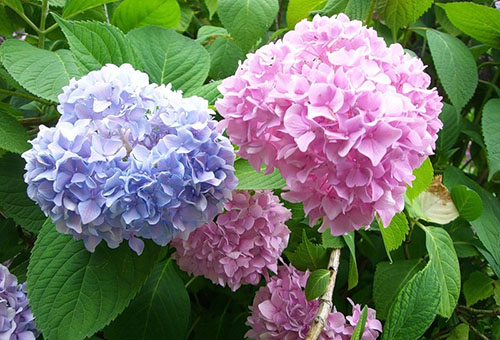

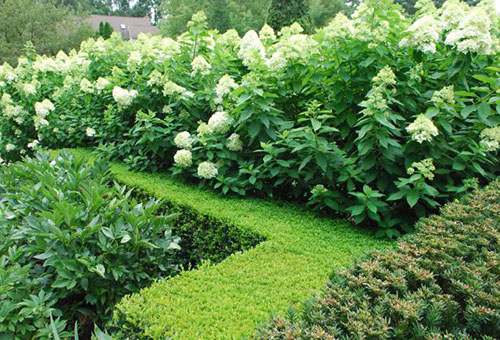
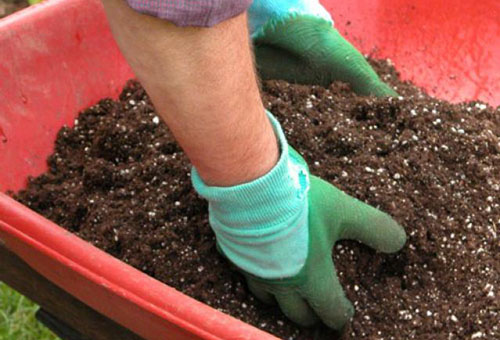
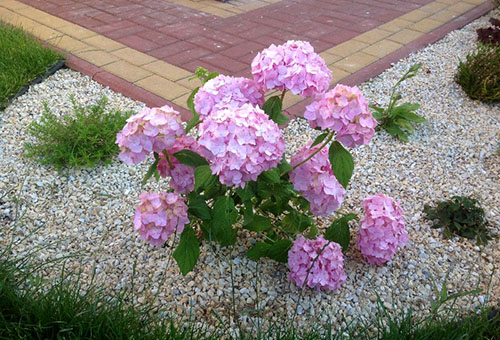
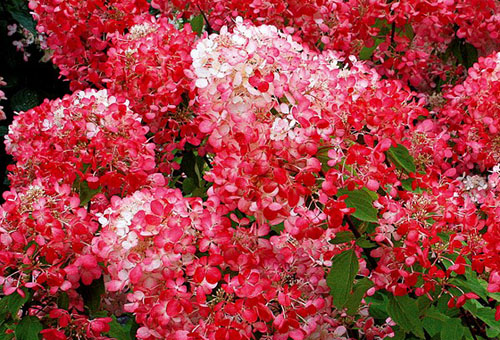
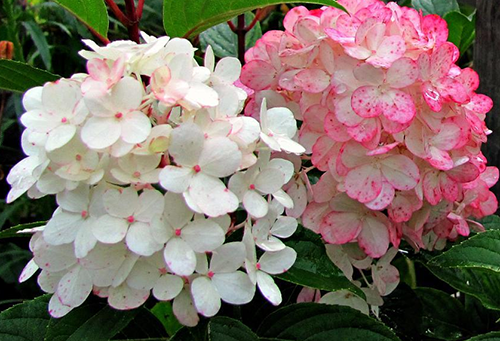
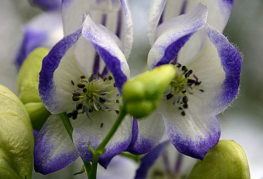
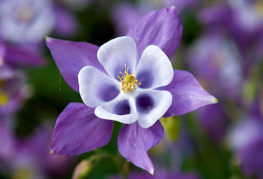
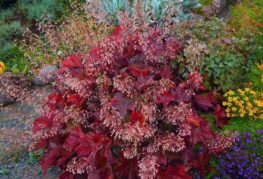
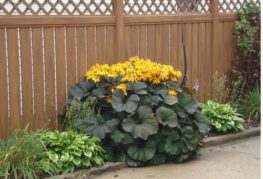

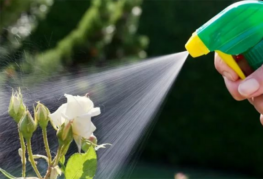
and will be published shortly.